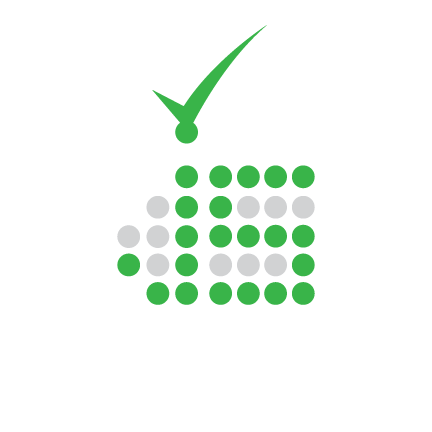Walking into a job interview can feel daunting. However, most interviews follow a predictable pattern, and you can leverage proven interview techniques to navigate them with confidence. Whether you’re a recent student or an experienced job seeker, mastering these strategies for communication, answering questions, and presenting yourself will significantly increase your chances of success. This guide breaks down the essential proven interview techniques you need to secure your next role.
1. Master the Art of Confident Communication
Effective communication is the foundation of a successful interview. It’s not just about what you say, but how you say it.
- Be Proactive and Engaging: From the moment you arrive, be assertive. Make eye contact, offer a firm handshake, and introduce yourself to everyone you meet. This demonstrates confidence and social intelligence.
- Articulate Clearly: It’s okay to pause briefly to gather your thoughts. Avoid mumbling or rushing. Speak clearly and concisely to ensure your points are understood.
- Utilize Positive Body Language: Contrary to outdated advice, natural hand gestures can make you appear more passionate and engaging. However, avoid nervous fidgeting. Sit up straight, lean slightly forward to show interest, and maintain an open posture to project confidence and capability.
2. Craft Powerful, Accomplishment-Driven Answers
Your answers to interview questions are your primary opportunity to showcase your value. Move beyond simply listing your duties.
- Focus on Quantifiable Achievements: Instead of saying you “improved sales,” specify that you “increased regional sales by 18% in Q2 by implementing a new outreach strategy.” Use numbers and metrics to provide concrete proof of your abilities.
- Prepare with the STAR Method: Structure your answers using the Situation, Task, Action, Result method. This technique ensures your responses are compelling, structured, and focused on positive outcomes.
- Suggest Thoughtful Ideas: Come prepared with one or two informed ideas that could benefit the company. This shows initiative, critical thinking, and a genuine interest in contributing to their success.
3. Navigate Tricky Conversations with Tact
How you handle specific topics can make or break the interviewer’s perception of you.
- Defer Salary Discussions: If asked about your salary expectations early on, politely deflect. Try a response like, “I’m sure we can find a number that’s fair based on the responsibilities and my experience. What is the approved range for this position?” Avoid being the first to state a number until you have a firm offer.
- Listen Actively: Pay close attention to the interviewer’s questions and comments. Respond directly to what they say, showing that you are fully engaged in the conversation rather than simply waiting for your turn to talk.
- Ask Insightful Questions: Prepare thoughtful questions that demonstrate your research and interest in the role’s impact, the team culture, and the company’s future goals.
4. Execute a Flawless Pre- and Post-Interview Strategy
Your performance outside the interview room is just as important.
- Conduct Deep Research: Go beyond the company’s homepage. Understand their recent news, competitors, and industry challenges. This preparation will inform your answers and questions.
- Send a Strategic Thank-You Note: Within 24 hours, send a personalized email to each interviewer. Reiterate your interest, reference a specific discussion point, and briefly reinforce why you are a strong fit.
Conclusion: Your Blueprint for Interview Success
Mastering these proven interview techniques is your blueprint for turning a nerve-wracking experience into a successful career opportunity. By focusing on confident communication, crafting answers that highlight your achievements, navigating tricky questions with tact, and executing a thorough strategy before and after, you position yourself as a polished, prepared, and valuable candidate. Remember, an interview is a two-way street—it’s your chance to evaluate the company as well. Walk in prepared, practice diligently, and use these techniques to present the best version of your professional self.
